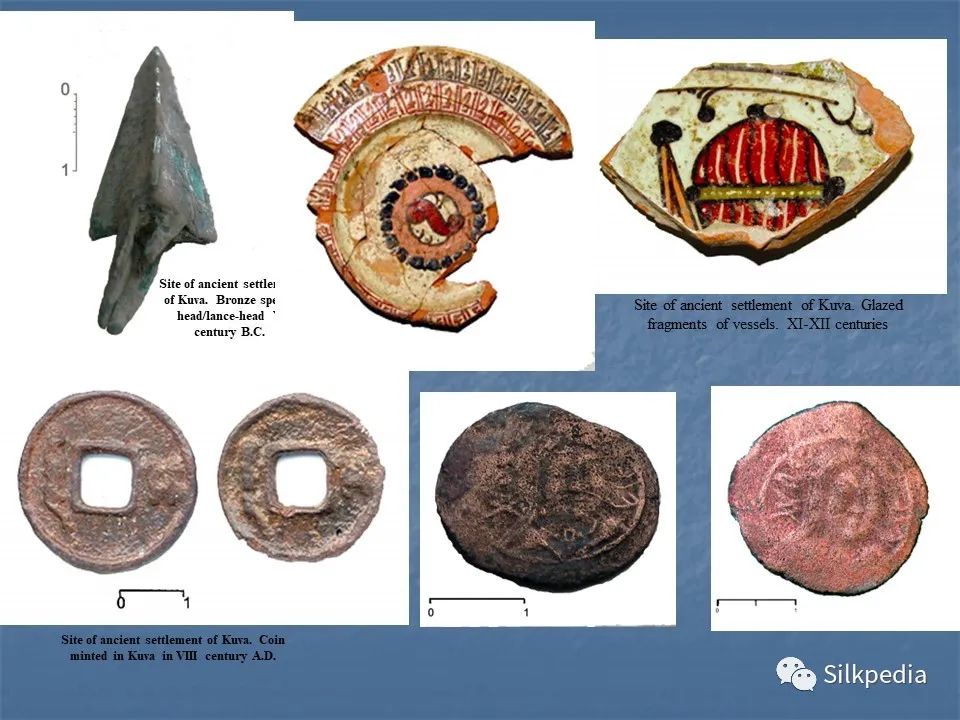遗产数据库
库瓦遗址Quva
摘要: 库瓦遗址(Quva)是早期中世纪和中世纪时期重要的中亚城市。库瓦应当是公元7-8世纪、10世纪费尔干纳最重要的城市之一,拥有自己的造币工厂,有学者认为是当时的首府呼閟城。
库瓦遗址(Quva)是早期中世纪和中世纪时期重要的中亚城市。库瓦应当是公元7-8世纪、10世纪费尔干纳最重要的城市之一,拥有自己的造币工厂,有学者认为是当时的首府呼閟城。20世纪30年代初至70年代,苏联考古工作者在库瓦遗址开展过大规模考古工作,库瓦遗址是10世纪费尔干纳河谷地区最大的城镇之一,直到13世纪仍是盆地内大型政治和文化中心。
库瓦古城遗址位于如今费尔干纳省同名城市的市域内,在这处遗址出土了大量古代陶瓷,是公元10世纪河谷地区最大的城镇之一。库瓦遗址发现了造币厂,佛教、祆教寺庙和十字架文物,这些无不说明库瓦包容着多种宗教的发展。10世纪起,库瓦逐渐衰落,但直到13世纪初,它仍然继续发挥着作为一个大型政治和文化中心的作用。库瓦古城也在中国文献中能够找到具有较高可能性的对应记载。
The third ancient city Quva, located in the center of the current day Quva city in Fergana Region, is large in size and in which a large number of ancient ceramics have been excavated. It was one of the largest towns in the Fergana valley in the 10th century. Archaeology discoveries include a mint, a Buddhist temple, a Zoroastrian temple and cross decorations, all of which indicate that Quva accommodated the development of different religions. From the 10th century onwards, Quva declined. However, it continued to function as a large political and cultural center until the early 13th century. Corresponding records with high probability can also be found in the Chinese Chronicles for the ancient city of Quva.
图1、2:库瓦遗址与出土文物
Fig.1,2 Archaeological Site of the Ancient City of Quva, and unearthed artifacts


